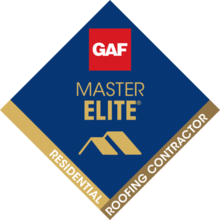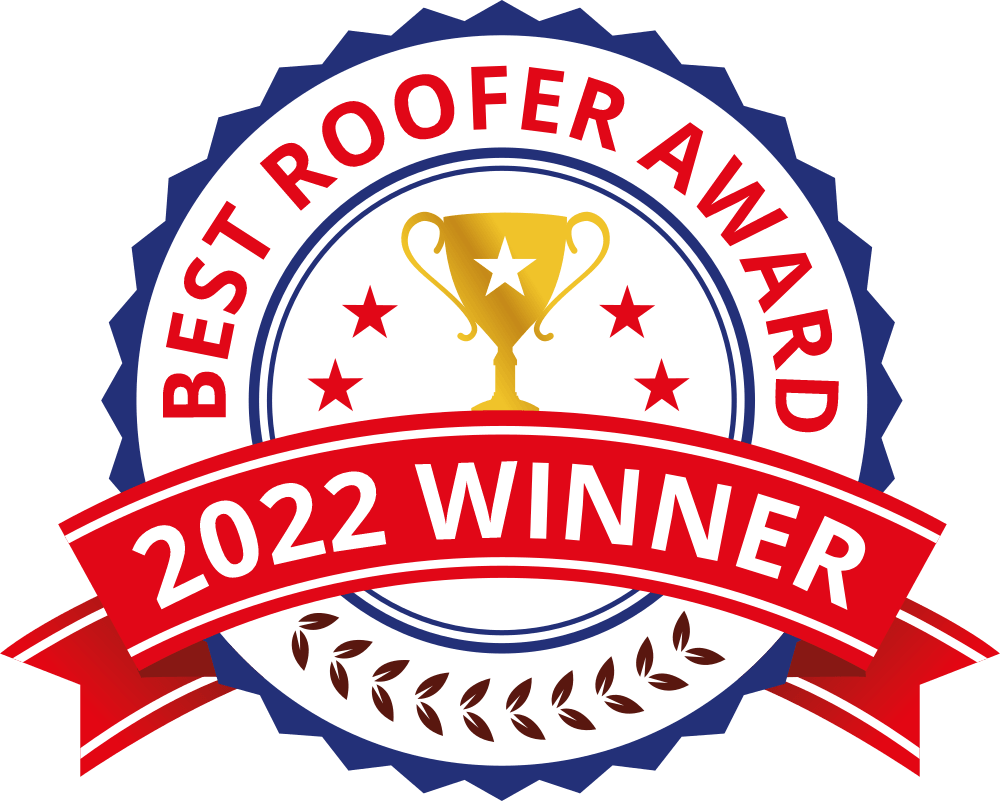Moss, Algae, & Lichens on Your Roof | JCB Roofing

Your roof is like a big open canvas for environmental conditions that encourage organic growth. These conditions can help versatile organisms like moss, algae, and lichens develop on your roof. You might think that their only effects are aesthetic destruction. However, these organisms negatively affect your roof. Here is an overview of how they can damage it.
Moss
Moss is a small, soft plant that grows in dark, moist environments and forms thick green patches on your roof. Due to its tenacity, it can grow on any surface as long as adequate resources exist to thrive. Moss primarily requires water to sustain its growth. Therefore, direct exposure to sunlight can quickly dry it up.
Generally, moss is not a toxic or biohazardous plant. It does not reproduce any harmful spores or fumes. Also, it does not create adequate weight to strain your roof and break it. However, moss generates a thick blanket to trap moisture underneath it. When it rains or water trickles down from other parts of the roof, moss can retain most of the moisture in the environment to sustain itself.
The moisture trapped by the moss has two effects. First, it can cause direct water damage to roof components. The most affected parts are the shingles, which can crack and break from constant exposure to moisture. Second, it can soften roof materials by constantly creating a moist environment that rots materials like wood. This exposure can significantly weaken the components and lead to their structural failure.
Algae
Algae are microorganisms that settle on your roof's darker side and colonize it to spread and grow. Algae varies in color but mostly form dark streaks on your roof. Similar to moss, algae cannot survive direct sunlight exposure. However, it forms a protective layer that bars direct sunlight, which forms the black streaks you see on your roof.
Algae settles on asphalt shingles more due to the limestone content in these roof components. The limestone content contributes to the shingle's important qualities, like weight and solar reflectivity. The algae feed off the limestone in these shingles and slowly decrease their structural integrity. Thus, the shingles can crack and create potential leakage points. The decreased reflectivity might raise room temperatures inside the house.
Also, algae forms a moisture-retention layer that can encourage mold growth. While mold growth is not as detrimental to your roof, its spores are dangerous to family members and pets in your house. For example, mold exposure can cause respiratory problems, hypersensitivity, and allergic reactions in humans.
Lichens
Lichens form small to medium-sized patches on your roof shingles. Lichens are the hardiest organisms compared to algae and moss. They do not require a lot of moisture and can thrive on the sunny side of your roof. They can also go through prolonged periods without any moisture and still survive. Thus, lichens will be the most stubborn organisms to deprive of resources.
Lichens cannot generate adequate thickness to trap moisture effectively. Thus, they cannot cause significant water damage to the roof. However, they can grow deep into the shingles and grip the mineral granules on them. If you remove the lichens carelessly, you might remove the protective coating on the asphalt shingles and destroy the granules.
Moss, algae, and lichens cause extensive damage to your roof that will require painstaking work to reverse. You should not attempt to replace your roof by yourself if these organisms damage it. Instead, you can hire an experienced roof service like JCB Roofing to handle all your roofing needs. Contact us today to speak with a member of our team and book our services.














